Neofreudian psychoanalysts and crime

- 1972
- 4
- Kristopher Greenholt
This article exposes Three Neofreudian psychoanalysts who were attached to Sigmund Freud at some stage of the development of psychoanalytic theory. Each studies that referred contributions applicable to psychiatry, psychoanalysis, psychology, among other areas, here the part that is taken by criminology and criminal psychology will be highlighted to decipher the antisocial personality during their criminal conduct. In this limited space, they are presented to three psychoanalysts, Adler and the inferiority complex as a negative trigger for behavior, Jung and the collective criminal unconscious, finally, to Reik with the compulsion to confess.
Content
Toggle- Introduction
- The neofreudians
- Alfred Adler and the inferiority complex as a positive and negative trigger
- Carl Jung and the collective criminal unconscious
- Theodor Reik and the compulsion to confess
- Conclusions
- References list
Introduction
Freud would lay the bases of deep studies on humans in their fears, desires, complexes, fixations, discovering mental processes and personality development where multiple dynamics and internal and external situations that influence us are involved. Such studies have impacted the criminal field, where general theory applies to the cases of study of the criminal personality that allow to reconstruct its processes, this to use it in a therapeutic and academic way. After Freud's studies, other researchers took their postulates to carry out derivations, even modifications or corrections by not agreeing with this, but it is not the case to know that debate in this article, but to see what were the Contributions from various new approaches that allow us to interpret criminal conduct.
The neofreudians
The Neofreudian psychoanalysts are tradists of psychoanalysis that were trained in Freudian theory, which later modified the original studies and created new thesis, or even contrary to the original. In the image below, it is observed: Sandor Ferenczi (Hungary) standing on the right, sitting: Freud on the left, hall to the center and jung on the right.
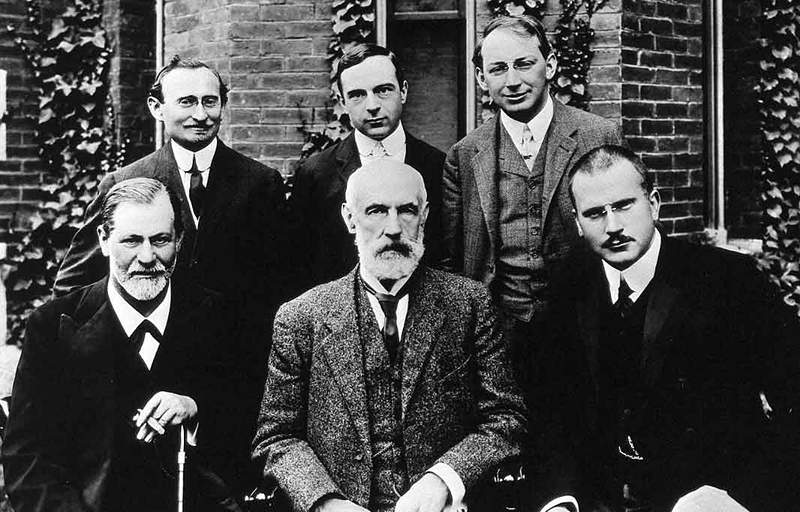
Alfred Adler and the inferiority complex as a positive and negative trigger
Neofreudian psychoanalyst, Alfred Adler (Austria) thought that the importance attributed by Freud to sexual needs was exaggerated and disproportionate. Adler (1870-1937), was born in Vienna, had a complicated childhood, as he was a weak child, which guided his concerns about the physical inferiority complex. Medicine study and was a professor of Vienna pedagogium, and later from the Long Island Medicine College in New York and Columbia University (Morris, 1997, P. 357).
Was Recognized doctor when he joined Freud, becoming one of his first followers and working in collaboration for 10 years. Then he separated from Freud for clear differences in theory, that the founder of psychoanalysis could not accept; Then Adler founds his own current of thought: the Individual psychology. This denomination does not imply an opposition between the individual and the collective; On the contrary, for Adler, environmental influences have great importance in the personality of each subject. Thus for clinical criminology, personal interior aspects and the influence of the means on them are important.
This author used the concept of Inferiority complex which are cases where adults have not been able to overcome the feelings of inferiority developed during childhood. Early social relations with parents have a relevant effect on children's ability to overcome feelings of inferiority and orient themselves to useful purposes for society, such as the collaboration and improvement of this. The inferiority complex may be defined as: The fixation of personal inferiority feelings that leads to an emotional and social instability and fear.
As Causes of the inferiority complex, Adler finds mainly organic anomalies and psychic inferiority, for lack or deformity of organs, their weakness, etc. But these are not the unique causes, since social and economic conditions, when they are extraordinarily contrary to the subject, make him fail, when in normal conditions it would have been successful.
Adler developed a conflict solution that he would call compensation, This being the person's efforts to recover real or imaginary personal weaknesses; For example, musicians-singers: Cristal, José Feliciano, Stevie Wonder (all three with blindness), Roberto Carlos (without a leg), among others, who developed particularly acute auditory skills.
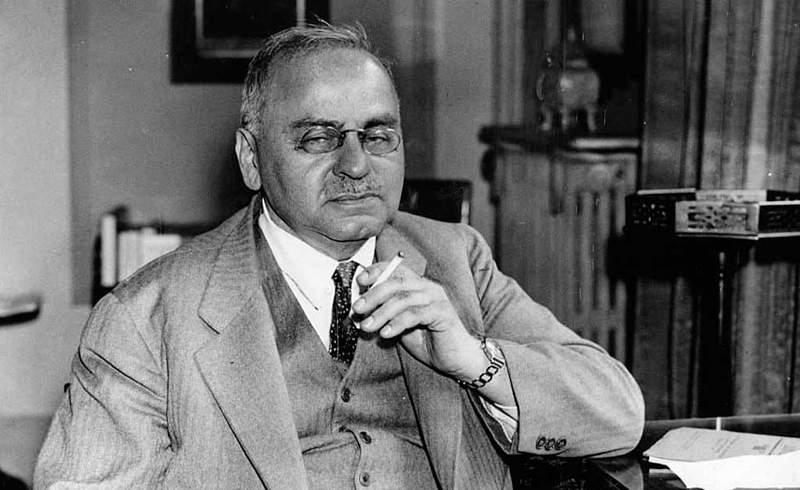
If the compensation fails, the person will be defeated by these difficulties and will not have the ability to recover. For this reason, Adler proposed that the main stimulus and human reason is the desire for superiority, not in the sense of being above others, but as a way to achieve development and perfection personal that everyone seeks, evolution or improvement.
The strong feeling of inferiority, the aspiration of personal superiority and a poor feeling of community, are always recognizable in the phase preceding the deviation of behavior, and believes that: the antisocial activity that is directed against the neighbor is that acquired early by Those children who fall into the erroneous opinion that everyone else can be considered as the object of their belonging, and externalize this opinion threatening with their attitude, work, health and life of others. His dangerous behavior will depend on the degree of his feeling of community.
Adler had interest in the criminal phenomenon, visited prisons, differentiated the population in them, dividing it into neurotics and criminals, Adler concluded that the criminal is an enemy of society and does not regret his crime, justifies it and rationalizes it; That is, he is squeezed, he lacks social interest. The neurotic on the contrary, if it has social interest, but has adaptation problems.
The criminal has a private reason, his own logic, breaks with the understanding of life. Prisons are crime universities, and must improve treatment for inmates, more interest in reconstructing social values must be rebuilt. The worst of prisons is brutality or isolation. On the other hand, important is also reconstructing social structures, as well as forms of government, where they are also influenced by their personality deformation.
The antisocial is a being that failed in his family and social life. Try to perform acts that damage others to demonstrate their strength, their superiority. The victim will be inferior to the criminal and he will feel with control to her, About the law, and of what he pleases, he thinks he dominates the environment. The antisocial could not defeat his problems and did not achieve social adaptation.
On the other hand, the Feeling of genetic inferiority, organic or conditioned by the situation, is very current, because societies prevail stereotypes of all kinds: It is criticized for being very high, thin, obese, physically rooted in native features, not physically, eccentric, or being disabled. It is feasible to exercise a certain control over the physicist, because it can be lost or fattened, but what happens when, it is blind or walks badly, the rejection of others creates fear, sadness or aggressiveness, according to the genetics of each individual and the way in which parents help him accept disability, is indispensable.
In the effort to compensate for that feeling through the ambition of power, it is a crucial issue: When you have a complex, you fight to get ahead and this enhances; However, according to the personality, once "the power" that it can exercise with respect to others is tested, even humiliation is reached because due to the complex (superiority-inferiority), the rematch is taken. These are cases referring to physical or psychological problems, but it turns out that The power, even in people who are considered balanced, makes control and that in many occasions contact with reality is deformed.
Adler suggested that people constantly strive to achieve individual perfection as the perfection of the society to which they belong. Although all people strive to achieve social and individual perfection, each individual develops a particular set of projects and beliefs that become their way of life. This emphasis on voluntary effort towards social and positive goals is considered to indicate Adler as the father of humanistic psychology. It is worth noting the difference between this and psychoanalysis: the first adapts to the individual to the environment and psychoanalysis adapts it as well (Orellana Wiarco, 2009).
Among his works are: Study on organic lower, The nervous character, The knowledge of man, The meaning of life. To learn more about him, see the North American Society of Adlerian Psychology, in: http: // www.ALFEREDADLER.org/, as well as the Adler University, in: http: // www.Adler.Edu/
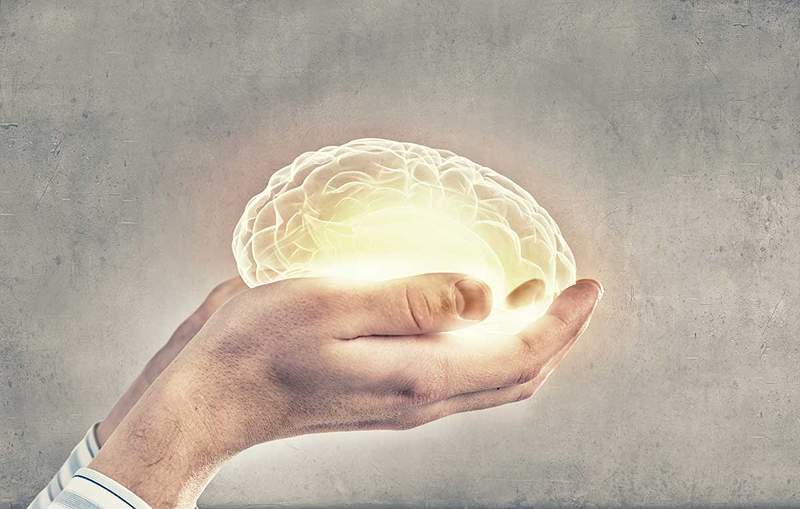 Main types of psychoanalytic and psychodynamic therapies
Main types of psychoanalytic and psychodynamic therapies Carl Jung and the collective criminal unconscious
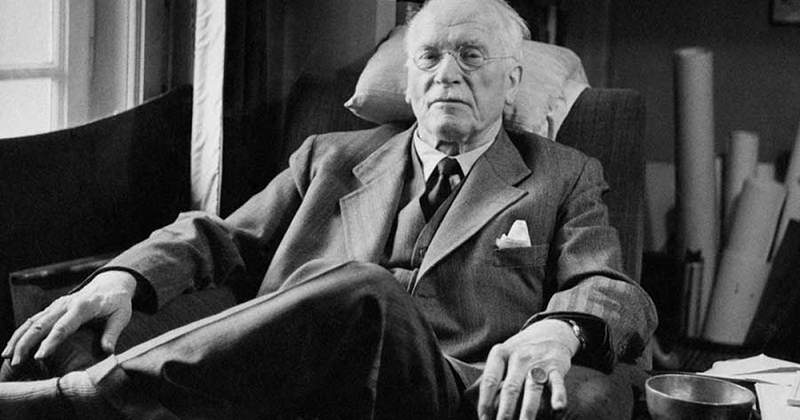
Carl Jung (1875-1961) (Switzerland), studied in Basel and Paris, was an assistant at the Psychiatric Clinic of Zürich and professor since 1905. He was also a doctor and precursor of modern psychiatry, made contributions to psychotherapy, in addition to founding analytical psychology, trying to find an origin of the psyche (DiCaprio, 1989, P. 84). It would be the first to preside over the International Psychoanalytic Association (International Psychoanalytic Association, S.F.), from approximately 1910 to 1917, therefore to lead the International Psychoanalysis Congresses.
At first, Freud's thought unconditionally, later rejected the elementary importance attributed to unconscious sexual impulses. Instead, suggested the existence of a collective unconscious. For Jung, the unconscious is a representation of nature, it is something that gives rise to us. The unconscious material consists of impulses, urgencies, intentions, conclusions and all the great variety of feelings. Any of these can be temporary or constant in the unconscious.
I believed that there are two different levels of the unconscious: 1) Unconscious person: It contains hidden thoughts, cornered experiences and unpreveloped ideas, and 2) collective unconscious: It consists of memories and behavioral patterns inherited from archaic generations.
Jung said that just as the human body is an organ museum in which there is a long history of evolution behind it, then the mind is in the same way. There can be no product without history, and refers to the biological, prehistoric and unconscious development of the mind in archaic human being, in which the mind was close to that of an animal. Contrary to this, at present, and over the centuries, we have tried to differentiate ourselves from animals or the wild, through culture, We have been losing naturalness, due to the rules imposed, Hence we have the difference with animals.
Jung proposed that the collective unconscious contain archetypes; that is, symbolic representations of a person, object or experience. Jung called them fundamental archetypes or images, And he was criticized according to him by people who do not know about psychology and mythology. Jung had a patient who was panic because he said that he had certain thoughts and that he was crazy, Jung showed him a book 400 years ago and told him that there was no reason for him to think so, that at that time they had his same ideas. The man was calm after that.
The above leads to think if there is a collective unconscious of a criminal nature, or if unconscious trends of an antisocial nature could inherit. This could be a form of the subject not evolved from worm; That is, a atavistic being, in Jung they would be atavistic thoughts.
Possibly what Jung tries to explain is that the antisocial behavior is due to his ancestors, They killed, they started fire, they hit, but by survival, In the case of the criminal, the wild instinct of killing, stealing, not showing remorse has no controlled, etc. and that is why he is led to act as follows: for his lack of evolution-adaptation.
The criminal is the survival of a primitive being. A upset can listen. Garófalo also pointed out of innate moral archetypes that are presented in the same way as the physical constitution of the breed to which it belongs. He says that sometimes there is an instinct that leads to act out of all reasoning.
This refers to the impulsivity and inability to plan the future. When speaking of natural crime, this refers to the fact that it is of psychological and anthropological origin, which has always existed since the past. Theft and homicide are the oldest crimes, practiced by humans and animals, and still persist; That is, there is a criminal heritage-genetic. Likewise, Ferri pointed out is easier.
More about this author, can be consulted in: Reflections on Psychology, Culture and Life. The Jung page, in: http: // www.CGJUNGPage.org/, And the Zürich CGJ Institute, in: http: // www.Junginstitut.CH/
Theodor Reik and the compulsion to confess
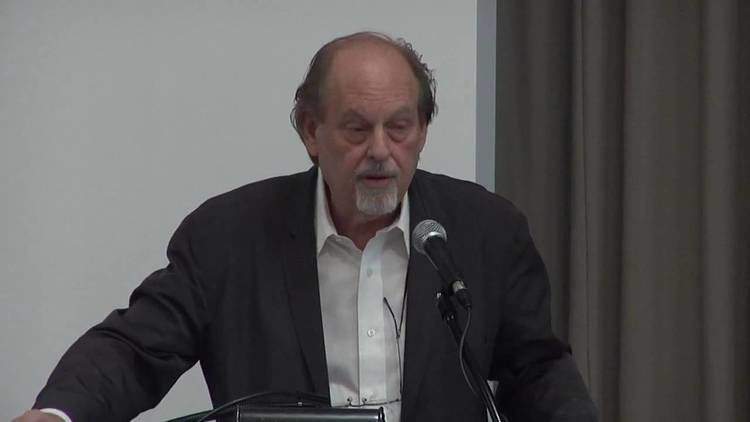
Theodor Reik (Austria) was a collaborator of Freud, became famous for his psychoanalysis works, highlighting in his works: The compulsion to confess, in this point that Some neurotic symptoms such as redness and stuttering can be interpreted as unconscious confessions expressed by repressed impulses of people and at the same time as a desire to the punishment that is inflicted to communicate such impulses.
Freud indicated: “He who has eyes to see and ears to listen can convince himself that no mortal can keep a secret. If your lips shut up, you will talk to the tip of your fingers; betrayal springs for every pore of your body ”(Houston, S.F.).
Among other works: The unknown murderer, Where does the psychological profile of criminals who remain as strangers; However, given the instinct of guilt, the evidences left in the crime scene are unconscious desires to be discovered and punished. Baratta takes Reik's criminal and psychoanalytic conception on a psychoanalytic theory of criminal law based on the double function of the penalty:
- “The penalty serves the satisfaction of the unconscious need for punishment that drives a prohibited action, and
- The penalty also satisfies the need to punish society through its unconscious identification with the offender ”(Baratta, 2004, p. 46).
The same happens when in school a child makes a mischief or almost anywhere in which something bad is done, it is sought to be discovered who did evil, this in some cases reflects an apparent desire to be punished through someone else. Freud pointed out that: psychoanalysis has gone much further by formulating the thesis of a crime based on the depths of the unconscious, and by suggest properly repressed (Reyes Echandía, 1987).
Conclusions
Some contributions were observed that the so -called Neofreudian psychoanalysts made, derived from Freud's work, initiating with Adler in the respect of the inferiority complex that, on its negative side, leads to frustrations, achieving aggressiveness, intolerance and possible search for toxic compensation or negative. Jung was also shown with the criminal unconscious, attributing an aggressive character to the instinctive and ancient reasons of the human, which are represented in wild connotation actions, not overcoming destructive aggressiveness. Finally, Reik's contributions were seen on the feeling of guilt and the tendency to confession in a desire for self -destruction or relief of evil made.
References list
- International Psychoanalytic Association (S.F.). API history. Recovered from http: // www.IPA.World/ES/API_SP/ABOUT_US/HISTORYSP/ES/API/HISTORY_OF_THE_IPA_SP.ASPX?HKEY = 3380D404-026C-4833-BE39-8F0010E4DFC & ISESION = -1
- Baratta, a. (2004). Critical Criminology and Criticism of Criminal Law. INTRODUCTION TO LEGAL-PENAL SOCIOLOGY. Mexico City: twenty -first century.
- DiCaprio, n.S. (1989). Personality theories. Mexico City: McGraw-Hill.
- Houston, p. (s.F.). Spy The Lie Quotes. Recovered from https: // www.Goodreads.com/work/quotes/18346399-spy-the-lie-forr-cia-agfish-teach-you-how-to-detect-decception
- Morris, c.G. (1997). Introduction to Psychology. Mexico City: Prentice-Hall Hispanoamericana.
- Orellana Wiarco, or.TO. (2009). Criminology Manual. Mexico City: Porrúa Editorial.
- Reyes Echandía, to. (1987). Criminology. Bogotá: Themis.
- « Pairs or none personality test
- Tips to overcome the duel for the death of a loved one during the COVID-19 »

